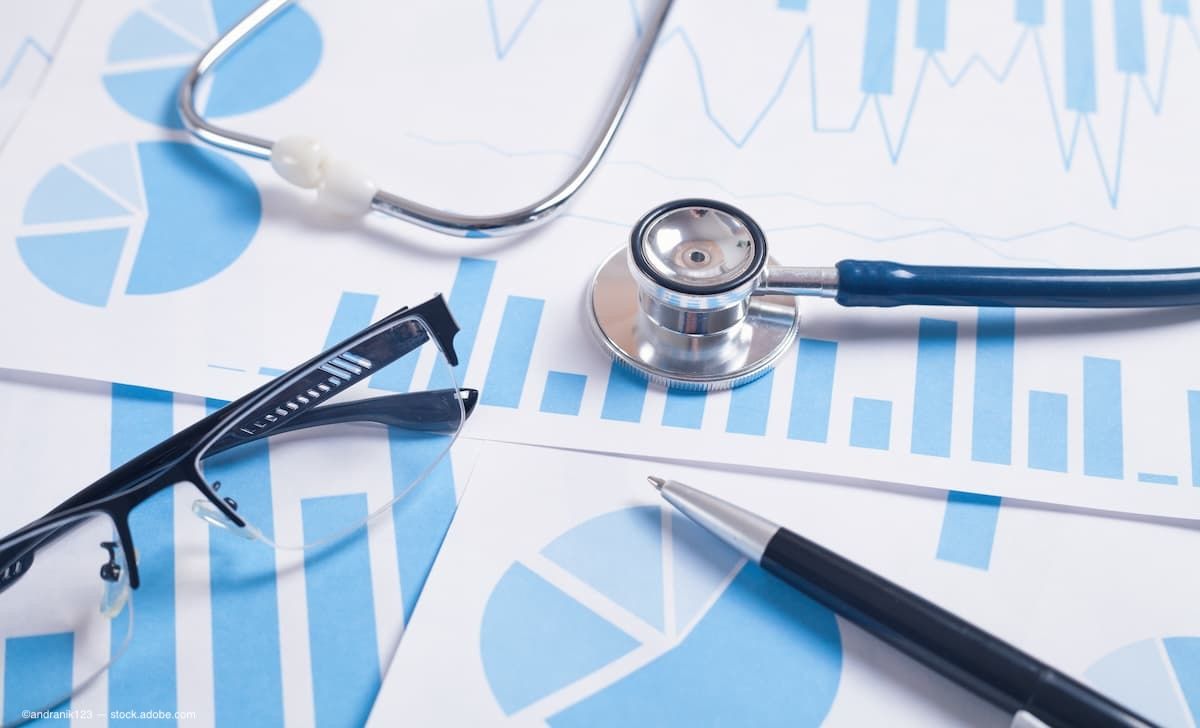Article
Improving quality of life for low vision patients
A dramatic change in the vision health of Americans calls for an increase in specialized low vision rehabilitation services, including optical devices and assistive technologies, that can help improve functioning and safety for people living with vision impairment.

Key Points
As baby boomers age, millions of people are experiencing uncorrectable vision loss due to age-related diseases such as macular degeneration and diabetic retinopathy.

Similarly, diabetes-which is cutting a wide swath across the United States-leaves diabetes-related vision loss in its wake, also affecting millions of people.
Seeing clearly
Even with regular eyeglasses or contact lenses, a visual image-whether a sentence from a book or a crosswalk at a busy intersection-may appear distorted, blurred, or incomplete for patients with low vision. The use of low vision devices, ranging from spectacles and absorptive lenses to telescopes and video magnifiers, usually can improve the quality of the image.
"It is possible to equip people with the tools to see beyond their visual limitations," said Eleanor E. Faye, MD, medical director of New York-based Lighthouse International, a non-profit organization that helps people of all ages overcome the challenges of vision loss. "The first step is a low vision exam in which I assess a patient's visual function, prescribe low vision optical devices, and recommend assistive technologies based on the patient's goals for reading, working, or enjoying leisure activities. With the right devices, patients can remain productive, safe, and independent at work, in the home, and outdoors."

According to Bruce P. Rosenthal, OD, chief of Lighthouse International Low Vision Clinical Programs, "There's an added benefit to using these devices. Patients with low vision also may have depression. So when someone can get back to work or continue to read, depression is decreased."
Benefits of technology
One device that helps patients read is the closed-circuit television (CCTV), which can range in size from a large desktop model to a hand-held device. Both units magnify text and enhance contrast. Decreased contrast sensitivity is a consequence of low vision. With the touch of a button on the CCTV, standard type can be changed to white print on a black background, increasing the contrast of the print so that words seem to pop off the page.
Newsletter
Don’t miss out—get Ophthalmology Times updates on the latest clinical advancements and expert interviews, straight to your inbox.




